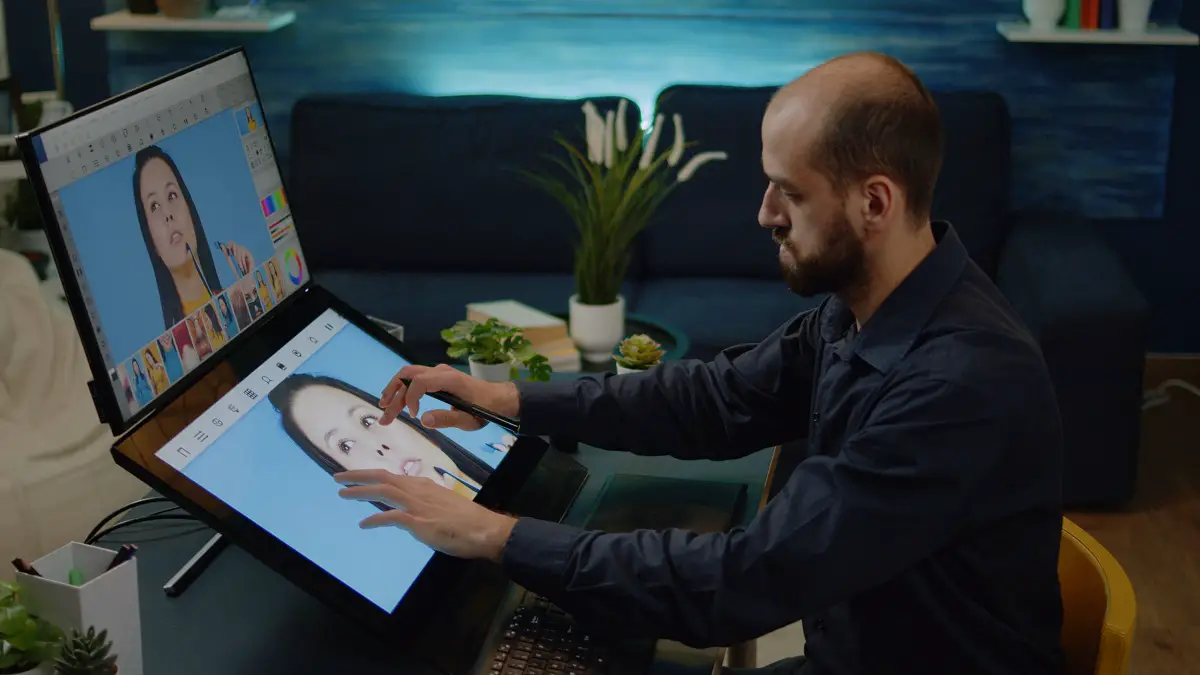In a personal injury claim, the strength of your evidence often determines the strength of your case. Recognized Toronto personal injury lawyers stress that compelling documentation can be the difference between a denied claim and a successful settlement. Whether the dispute involves a car accident, slip and fall, or other injury, gathering and organizing the right types of evidence is essential for proving liability, demonstrating damages, and establishing credibility throughout the process.
Strong Documentation Matters
Medical records are foundational in any personal injury case. These documents provide a clear timeline of your injuries, treatment, diagnosis, and prognosis. The more detailed and consistent your medical documentation is, the stronger your case will be.
Emergency room visits, diagnostic imaging, follow-up appointments, prescriptions, and referrals to specialists all help show the seriousness of your injury and the medical necessity of your treatment. Judges and insurance adjusters alike give great weight to professional medical reports over anecdotal statements.
Photographs and Visual Records
Clear, time-stamped photographs taken at the scene of the incident are extremely valuable. They can show the location of the accident, visible injuries, hazardous conditions, property damage, or contributing factors like weather or lighting. These visual records help recreate the events and give context to witness statements or written reports.
Photos of injuries over time are equally helpful. Showing the healing process, visible scarring, or long-term impairment can powerfully demonstrate the impact of the accident on your life. In more complex cases, video footage, whether from security cameras, dashcams, or bystanders, can serve as compelling, unbiased evidence.
Witness Statements and Testimony
Neutral third-party witnesses often play a crucial role in personal injury claims. Their accounts of what happened can provide corroboration for your version of events, especially if the defendant offers a conflicting story. Statements should be collected as soon as possible while memories are fresh. Witnesses can describe what they saw, heard, or observed about your physical state immediately after the incident.
In some cases, expert witnesses may also strengthen your claim. These individuals, such as accident reconstruction specialists, medical experts, or vocational rehabilitation professionals, can analyze and explain technical aspects of your injuries, treatment, and long-term limitations to a judge or jury.
Official Reports and Documentation
Police reports, incident reports, or internal company records can help establish what occurred and who was at fault. These documents often contain important facts such as statements from both parties, diagrams of the accident scene, or conclusions about violations of safety rules. If a slip and fall occurred on private property, maintenance logs or cleaning schedules may help prove negligence.
Similarly, financial documents like pay stubs, tax records, or employer letters can be used to show lost income and diminished earning capacity due to your injuries. These help quantify the financial losses you’re seeking.
Consistency Builds Credibility
Good evidence doesn’t just exist. It tells a consistent and credible story. Contradictions between medical reports, witness statements, or your own version of events can damage your case. It’s vital to keep a personal record or journal documenting your symptoms, recovery progress, missed work, and emotional impact. This personal account, when supported by other evidence, can humanize your case and justify non-economic damages like pain and suffering.
Conclusion
Ultimately, a strong personal injury case is built on more than just one or two pieces of evidence. It requires a well-organized, fact-supported narrative that demonstrates exactly what happened and how it affected you. By combining documentation, visual proof, reliable testimony, and detailed records, you give your claim the structure and credibility it needs to stand up in negotiations or in court.







